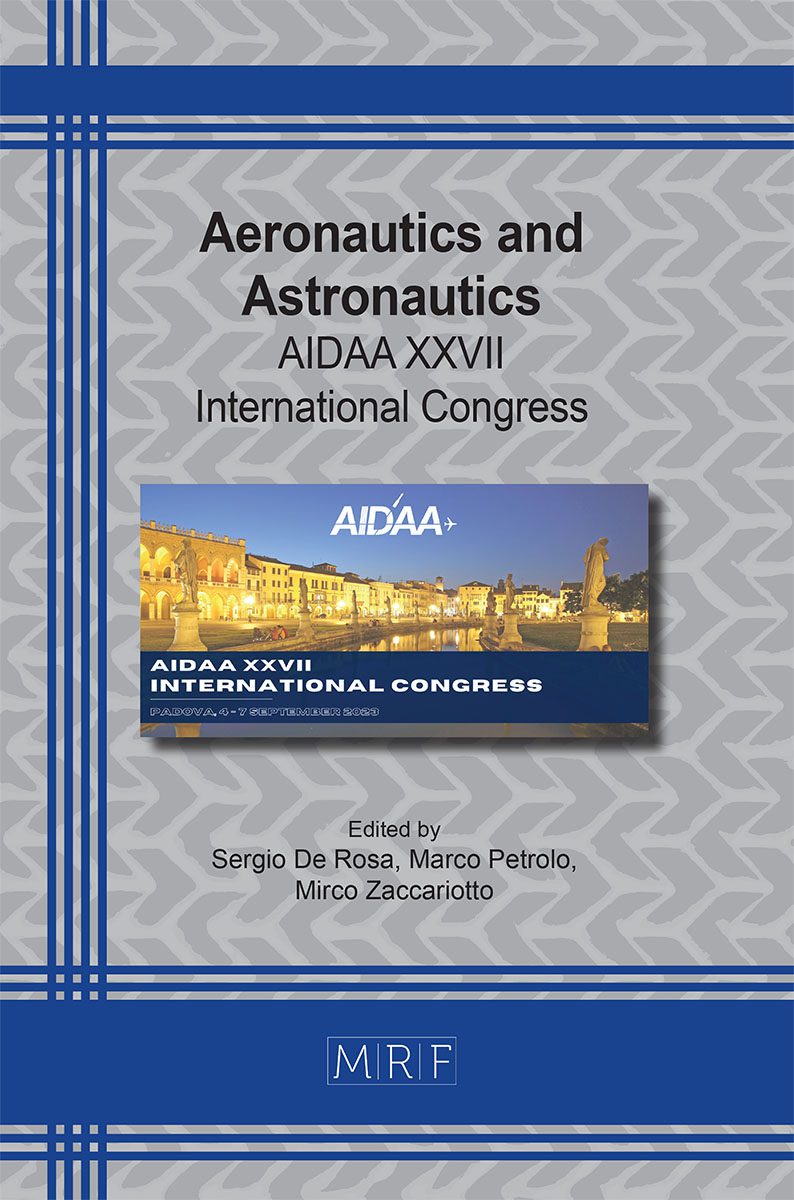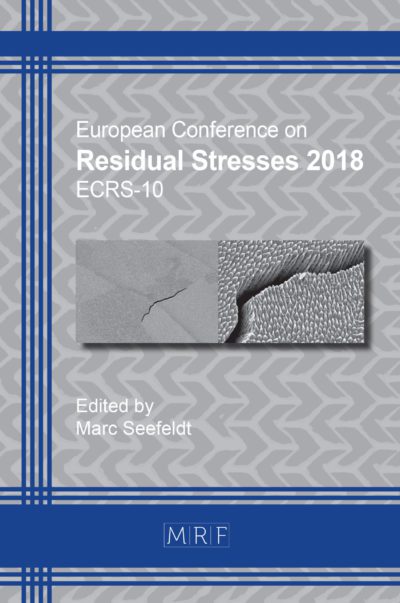An analytical tool for studying the impact of process parameters on the mechanical response of composites
E. Zappino, M. Petrolo, R. Masia, M. Santori, N. Zobeiry
download PDFAbstract. The present work presents a numerical framework able to predict the impact of the manufacturing process on the mechanical performance of the composite component. A simple one-dimensional thermochemical model has been used to predict the evolution of the degree of cure of the resin for a given thermal cycle. The homogenized properties at the lamina level have been obtained through a classical mixtures law and employed to predict the process-induced deformations. A refined one-dimensional model, derived in the framework of the Carrera Unified Formulation, has been used to provide accurate results with reduced computational costs. The virtual manufacturing framework has been used to investigate the impact of the process parameters on process-induced defects of a simple composite part. Different curing cycles have been considered and their outcomes discussed. The results demonstrate the capability of the present numerical tool to correlate the manufacturing process parameters with the mechanical performances of the final component.
Keywords
Virtual Manufacturing, Carrera Unified Formulation, Process-Induced Deformations, Residual Stresses
Published online 11/1/2023, 4 pages
Copyright © 2023 by the author(s)
Published under license by Materials Research Forum LLC., Millersville PA, USA
Citation: E. Zappino, M. Petrolo, R. Masia, M. Santori, N. Zobeiry, An analytical tool for studying the impact of process parameters on the mechanical response of composites, Materials Research Proceedings, Vol. 37, pp 321-324, 2023
DOI: https://doi.org/10.21741/9781644902813-70
The article was published as article 70 of the book Aeronautics and Astronautics
![]() Content from this work may be used under the terms of the Creative Commons Attribution 3.0 license. Any further distribution of this work must maintain attribution to the author(s) and the title of the work, journal citation and DOI.
Content from this work may be used under the terms of the Creative Commons Attribution 3.0 license. Any further distribution of this work must maintain attribution to the author(s) and the title of the work, journal citation and DOI.
References
[1] M. Hojjati, SV. Hoa. Some Observations in Curing of Thick Thermosetting Laminated Composites. Science and Engineering of Composite Materials, vol. 4, no. 2, 1995, pp. 89-108. https://doi.org/10.1515/SECM.1995.4.2.89
[2] G. Fernlund, C. Mobuchon, N. Zobeiry. 2.3 autoclave processing. Comprehensive Composite Materials II, Elsevier; 2018, pp. 42–62 [chapter 2]. https://doi.org/10.1016/B978-0-12-803581-8.09899-4
[3] E. Carrera, M. Cinefra, M. Petrolo, E. Zappino. Finite element analysis of structures through unified formulation. John Wiley & Sons; 2014. https://doi.org/10.1002/9781118536643
[4] E. Zappino, N. Zobeiry, M. Petrolo, R. Vaziri, E. Carrera, A. Poursartip. Analysis of process-induced deformations and residual stresses in curved composite parts considering transverse shear stress and thickness stretching. Composite Structures, Volume 241, 2020. https://doi.org/10.1016/j.compstruct.2020.112057
[5] A. C. Loos, G. S. Springer. Curing of Graphite/epoxy Composites. Technical Report AFWAL-TR-83-4040, Air Force Wright Aeronautical Laboratories, Wright Patterson AFB, OH, 1983.
[6] T.A. Bogetti, J.W. Gillespie Jr. Process-Induced Stress and Deformation in Thick-Section Thermoset Composite Laminates. Journal of Composite Materials 26. (5), 1992. https://doi.org/10.1177/002199839202600502
[7] A. Johnston. An integrated model of the development of process-induced deformation in autoclave processing of composite structures. PhD thesis. University of British Columbia, 1997.













